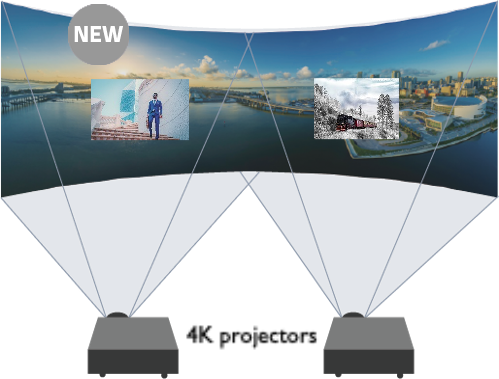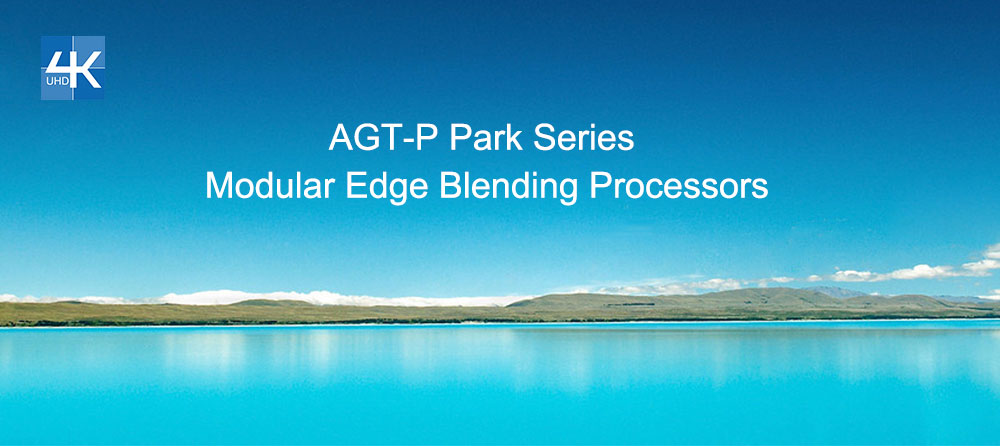



Compatible with Panasonic Multi Monitoring & Control Software and Early Warning Software.Compatible with ET-CUK10 Auto Screen Adjustment Kit *5.Geometric Adjustment for projection on curved or spherical surfaces.Multi-Screen Support System seamlessly joins projected images with Edge blending, Colour matching, and Digital image enlargement.Vertical, horizontal and tilting 360-degree projection enabled by laser light source.In order to blend it together, you need to reduce the brightness in addition to matching the image. If you have two images side by side and the middle 20% is doubled, obviously that portion is going to be brighter than the rest of your image. The second part of the process involves feathering the images to eliminate the “hot spot” that is guaranteed to occur. This overlapping gives you a larger area to match up which eliminates the hard edge you’d see if you simply placed the two images side by side. Essentially you send the same portion of your image across two projectors. The first is basically just overlapping two images. So, how does edge blending really work? There’s basically two processes. Essentially, this is what edge blending will accomplish. Much like when you paint a wall, you always overlap your strokes to get as even a coverage as possible. When you place two projectors side by side, the human eye will notice the edge, the mismatched colors, and the split or overlap of the images. Simply put, when you have two projectors lined up next to each other creating one solid image, you will never be able to create a seamless edge without edge blending.

We have used all three with varying results. There are numerous ways to handle edge blending including software, hardware, and physical applications. We’ve touched on the concept of edge blending before, but have never dived too deeply into the subject matter.Īt it’s basic form, edge blending occurs when you combine (overlap) the edges of two projectors in a multiscreen setup.


 0 kommentar(er)
0 kommentar(er)
